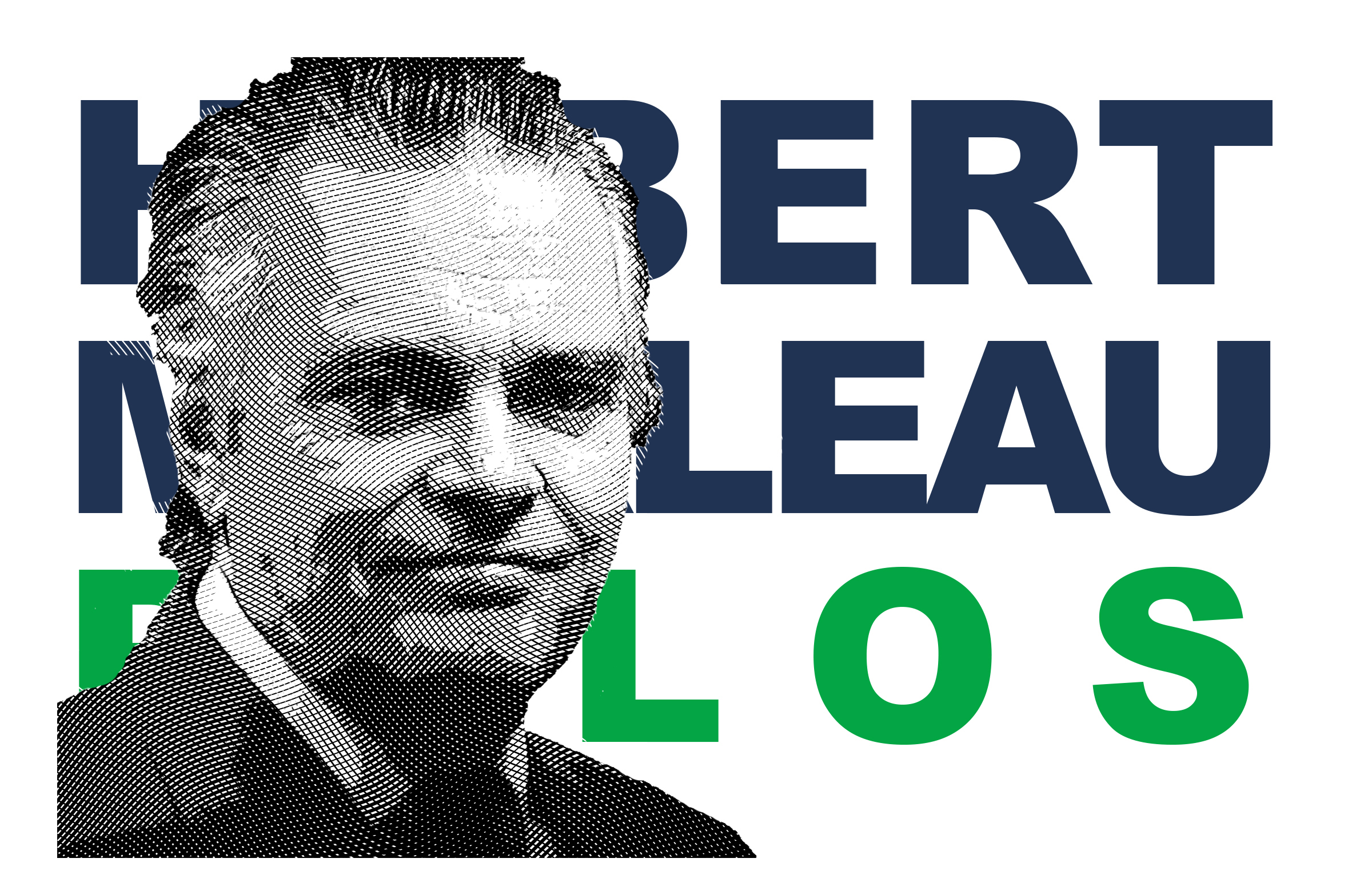by Russ Koesterich, CFA, Portfolio Manager Blackrock
Russ discusses the surprising strength in momentum stocks, and why it may continue.
While the market has staged a spectacular and unanticipated rally, looking at the broader indices can be somewhat misleading. Year-to-date, the S&P 500 Index is still down -15%, but large cap tech and healthcare indices are down 3% or less. At the same time, small caps and energy, down -26% and -43% respectively, are still stuck in a brutal bear market.
Most investors are aware that much of the differential is a function of growth versus value. However, not all the divergences can be explained by relative earnings growth or valuation. Other style factors are also driving performance. Surprisingly, momentum has done exceptionally well year-to-date.
I say surprisingly because momentum, in which investors favor stocks with the best recent performance, is normally a casualty of volatility. This is because volatility shifts the mindset from fear of missing out (FOMO) to fear of being wiped out. When stocks eventually bottom, historically it has been value that tends to be the best performer. That said, this time may be different for a variety of reasons:
1. Value is likely to struggle with an uncertain and uneven recovery.
Value typically works at a market bottom because investors anticipate a strong recovery on the back of pent up demand. Today, circumstances are very different. The recession was not caused by an aggressive Federal Reserve but by a devastating and unpredictable pathogen. Even as the pandemic subsides, unemployment may remain high and consumption muted due to lingering restrictions and changes to consumer sentiment and behavior, i.e. how long before people are comfortable heading back to restaurants, hotels or getting on an airplane?
2. Liquidity supports momentum.
While momentum typically struggles with volatility, it benefits from the policy reaction to volatility: more liquidity. As central banks have put their balance sheets at the disposal of fiscal spending, we have witnessed a surge in central bank asset holdings that has dwarfed the post-GFC response. Led by the Fed, the world’s central banks are adding trillions to their balance sheets (see Chart 1). Historically, rapid growth in liquidity has favored momentum, particularly versus more mean-reverting trading styles.
3. Momentum is less cyclical.
For investors who came of age in the 1990s, we typically associate momentum with aggressive, high-beta names. Today, momentum has a somewhat different flavor. Most momentum baskets or funds are overweight secular themes, notably technology and increasingly healthcare, specifically biotech. To the extent these segments are more insulated than other parts of the economy, and in some cases stand to benefit from longer-term structural changes, this may further favor the style.
4. Big get bigger
The trend towards momentum is also a reflection of a broader, secular theme: the big getting bigger. While the long-term impact of COVID-19 is hard to predict, it is not difficult to imagine an acceleration in trends that were already evident prior to the crisis: internet commerce, cloud computing, social media, more time and wallet-share on-line. To the extent this continues, tomorrow’s winners may look an awful lot like today’s.
Russ Koesterich, CFA, is a Portfolio Manager for BlackRock’s Global Allocation Fund and is a regular contributor to The Blog.
Investing involves risks, including possible loss of principal.
This material is not intended to be relied upon as a forecast, research or investment advice, and is not a recommendation, offer or solicitation to buy or sell any securities or to adopt any investment strategy. The opinions expressed are as of April 2020 and may change as subsequent conditions vary. The information and opinions contained in this post are derived from proprietary and nonproprietary sources deemed by BlackRock to be reliable, are not necessarily all-inclusive and are not guaranteed as to accuracy. As such, no warranty of accuracy or reliability is given and no responsibility arising in any other way for errors and omissions (including responsibility to any person by reason of negligence) is accepted by BlackRock, its officers, employees or agents. This post may contain “forward-looking” information that is not purely historical in nature. Such information may include, among other things, projections and forecasts. There is no guarantee that any forecasts made will come to pass. Reliance upon information in this post is at the sole discretion of the reader. Past performance is no guarantee of future results. Index performance is shown for illustrative purposes only. You cannot invest directly in an index.
©2020 BlackRock, Inc. All rights reserved. BLACKROCK is a registered trademark of BlackRock, Inc., or its subsidiaries in the United States and elsewhere. All other marks are the property of their respective owners.
USRMH0420U-1163960-3/3
This post was first published at the official blog of Blackrock.
















